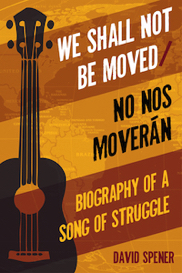Chapter 3. From Worship to Work: A Spiritual Is Adopted by the U.S. Labor Movement and the Left
Scroll down for audio, video, images and information to supplement your reading of Chapter 3 of We Shall Not Be Moved/No nos moverán: Biography of a Song of Struggle.
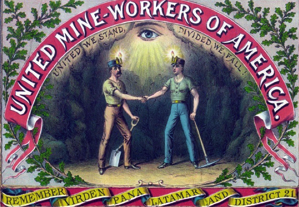
It appears that the first workers in the twentieth century to sing “I Shall Not Be Moved” in their struggles for union representation were the coal miners of West Virginia.
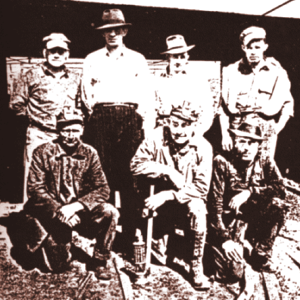
Coal miners in West Virginia in the 1930s.
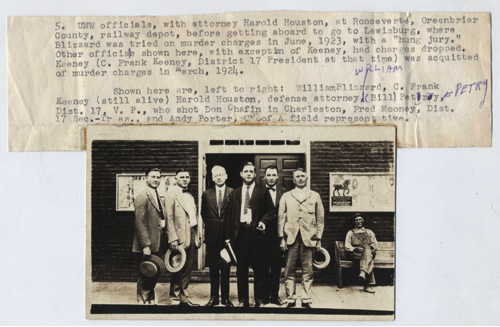
One of the first versions of “We Shall Not Be Moved” involved a wildcat strike by the West Virginia Mine Workers union in Kanawha County, led by C. Frank Keeney. Their version of the song included the line “Frank Keeney is our leader!”
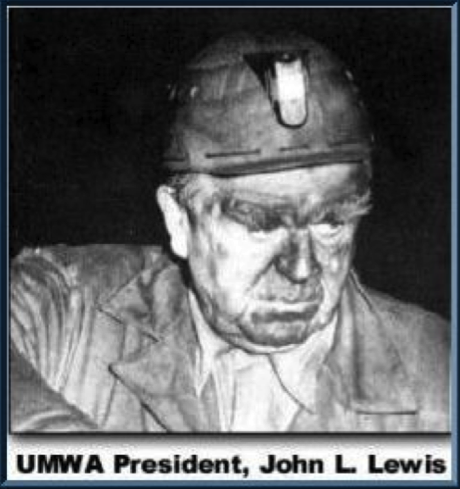
John L. Lewis, leader of the United Mine Workers of America and later of the Congress of Industrial Organizations was a strong believer in the power of song in labor organizing.
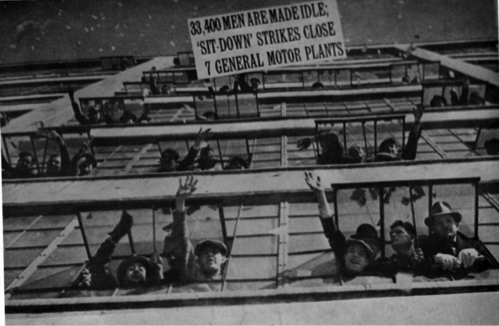
“We Shall Not Be Moved” was one of the songs sung by United Auto Workers strikers who occupied General Motors factories in their famous “sit-down” strike in Flint, Michigan in 1937-1938.
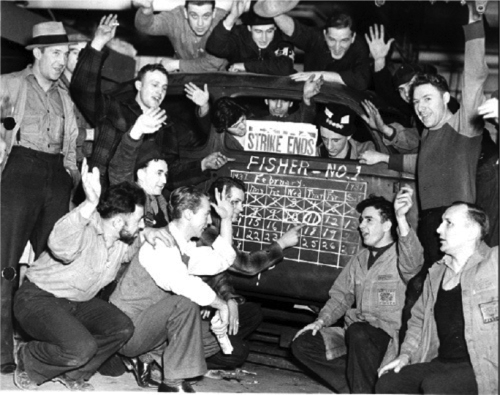
Strikers celebrating their victory in Flint.

Strikers that had taken over the Flint GM plants were attacked by armed thugs.

One of the UMW worker bands at General Motors’ Fisher Body Plant.
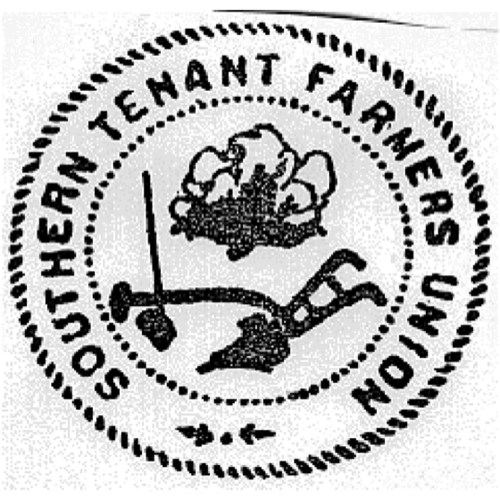
“We Shall Not Be Moved” became the official anthem of the interracial Southern Tenant Farm Workers’ Union in the 1930s.

Tenant farmers picking cotton in Arkansas.
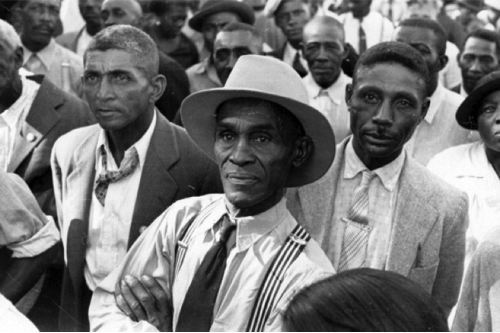
African American members of the STFWU.

An African American tenant farmer in the U.S. South.
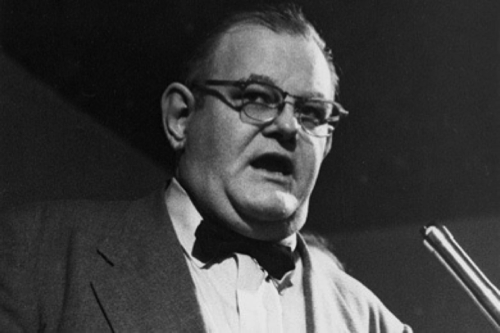
“We Shall Not Be Moved” as a union song was popularized by Reverend Claude Williams and his assistant Lee Hays at Commonwealth College, a worker education center located in Mena, Arkansas. When he moved to New York City in the late 1930s, Hays took the song with him and taught it to folk musicians and unionists there.
When Lee Hays joined the Almanac Singers in New York, “We Shall Not Be Moved” became a standard song in the group’s repertoire. The group included the song on their 1941 album Talking Union.
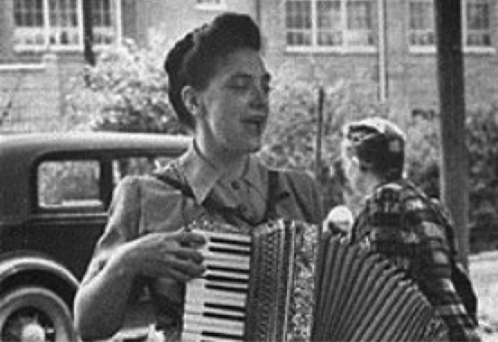
Zilphia Horton was the musical director of the Highlander School in rural east Tennessee. She was instrumental in the teaching of the song “We Shall Not Be Moved” to labor unionists around the United States during the 1930s and 1940s.

A photo of Zilphia Horton with accordion, leading songs on a picket line, date and place unknown.
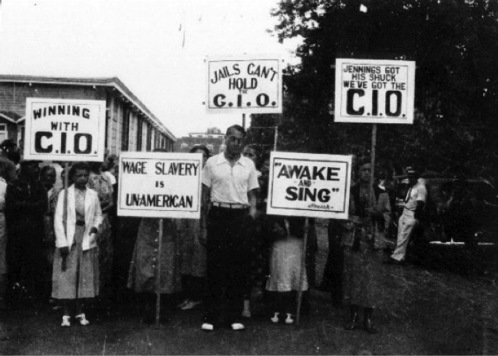
Many unionists in the Congress of Industrial Organizations (CIO) learned “We Shall Not Be Moved” at the Highlander School.
Singer, actor, and activist Paul Robeson was an outspoken advocate for civil and worker rights. As a prominent participant in left-wing organizations, he faced repression by the U.S. government and anti-communist groups in civil society during the red-scare in the United States following World War II. Click the image to learn more about Paul Robeson’s life and career accomplishments.

Labor unionists at the foot of the stage where Robeson was to perform in Peekskill, New York in August 1949.
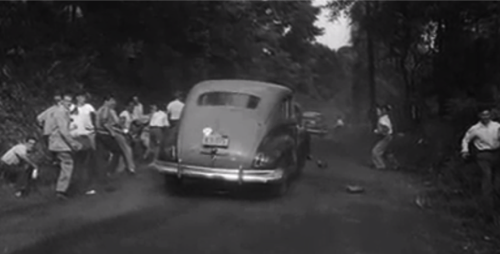

Thugs attack cars following the Robeson concert in Peekskill.
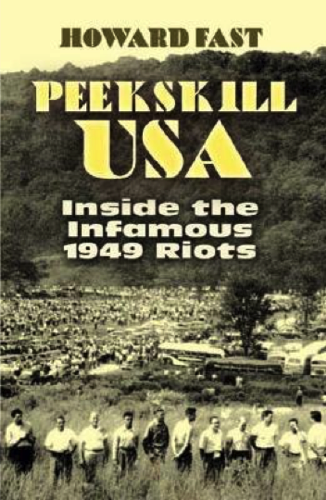
Cover of novelist Howard Fast’s book about the Peekskill riots. In the book, Fast describes how members of the stage crew faced down a right-wing mob by joining hands and singing “We Shall Not Be Moved.”
Peekskill segment of a documentary about the life Paul Robeson, narrated by the actor Sidney Potier.
The Weavers perform "Our Song Will Go On - The Peekskill Story"
